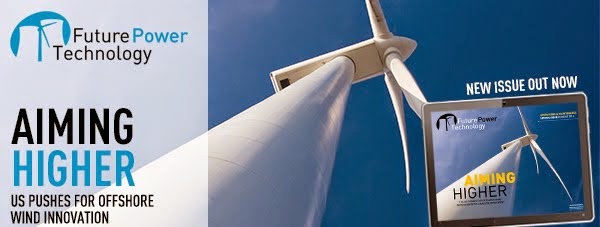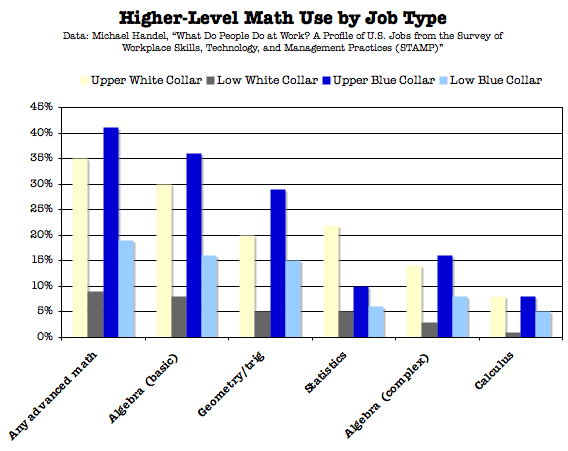Hi Correct handling of bearings maximises operating life!.
Experience shows that up to one third of bearing failures can be attributed to improper handling and faulty mounting.
Moreover, these problems get worse as bearing tolerances become more exacting, says Gary Hughes, Product Engineering Manager at The Barden Corporation.
Today, precision bearings can work to tolerances of 1 micron, yet handling such bearings without PROTECTIVE GLOVES can place fingerprints on the bearing surfaces that are 13 microns high.
Dust particles are even worse, at 25 microns, and human hairs, relatively colossal, at 76 microns.
For the bearing user, the implications of this are major changes to the way in which bearings, and precision bearings in particular, are handled.
No more the traditional image of the greasy WORKBENCH with the ever-present hammer.
Rather, the clean room type conditions that prevail in, for example, electronics production.
The best approach is to regard every kind of foreign material - dust, moisture, fingerprints, solvents, lint, and dirty grease - as abrasive, corrosive, or otherwise potentially damaging to the bearing precision.
The problems with handling bearings begin the moment they are removed from their protective packages, because of this, it is best not to remove them until they are ready for use, and then only after the work area has been effectively cleaned and prepared.
Once unpacked, the bearings should only be handled with clean, dry, talc-free gloves.
Here, care should be exercised as material incompatibility between the gloves and any cleaning solvents could result in contaminant films being transferred to the bearings during subsequent handling.
Where the bearings are instrument types, even handling with gloves should be avoided in favour of surgical tweezers.
With the bearings unpacked, they are now subject to atmospheric borne contaminants, so they should be kept covered at all times.
The cover should be clean and dry and of a type that will not SHED fibrous or particulate contamination in to the bearings.
Keeping bearings covered is essential in bearing handling. Equally important is not to wash or treat the bearings prior to mounting.
These practices are unnecessary, as Barden takes great care in cleaning bearings and properly pre-lubricating them before packaging.
Normally, Barden re comments that it provides the required volume and type of lubricant for the bearings.
Once these tasks are completed, the bearing is ready for installation. For this task (and for bearing removal), only use clean, burr-free tools that are designed for the task in hand.
The tools should not be painted or chrome-plated, as these can provide a source of particulate contamination, which might ingress and damage the bearing.
The requirement for burr-free components also extends to all other parts of the bearing assembly, especially housing interiors and shaft seats. These two areas should also be thoroughly cleaned before fitting.
Then, when fitting commences, care must be taken to ensure that bearing rings are started evenly on shafts or in housings, to prevent cocking and distortion.
Force should be applied only to the ring being press-fitted, not by transmitting load through the rolling elements.
Never strike the outer ring, for example, to force the inner ring on to a shaft.
Such practice can easily result in brinelling of the raceway, which leads to high torque or noisy operation. Finally, where interference fits are concerned, HEAT assembly (differential expansion) or an arbor press should be used.
Never use a hammer, screwdriver, or drift, and never apply sharp blows.
Where the task is one of removal rather than installation of a bearing, the same strictures of cleanliness apply.
All surrounding areas should be clean before removal and, once removed, the bearings should be isolated and identified for record purposes, or re-ordering.
.jpg)

.jpg)

.jpg)
.jpg)



.jpg)




.jpg)
.jpg)
.jpg)
.jpg)








